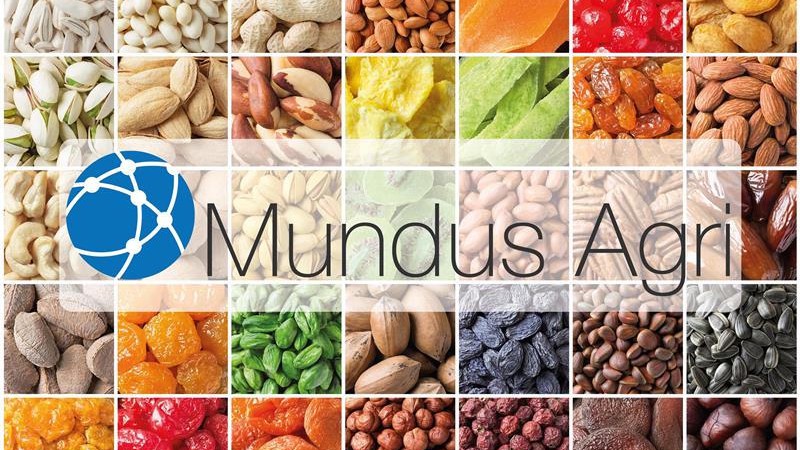Rapeseed: Swift export activities quickly deplete reserves
December 21, 2017 at 11:42 AM ,
Starry Night Ltd.

Rapeseed: next season, output could be even lower
BULGARIA. Planting less, farmers directly influence the production prospects of the crop, and since the majority of rapeseed is annually shipped abroad, its exported quantities. During harvest 2017-18, the country realized 458,110 mt of rapeseed, which is a cut of 10.04% from aggregate output of last season. The lower output came as a result of unfavorable weather conditions, which led to many fallen-through areas before harvest and pressed down the average yield to 2.85 mt/ha or by 3.1% lower on a yearly basis.
|
Harvest 2017-18 (01.07.2017 - 15.12.2017) units in MT |
|
|
Beginning availability |
25,000 |
|
Aggregate output |
458,110 |
|
Imports |
27,655 |
|
Domestic consumption |
38,400 |
|
oil & biodiesel production |
38,400 |
|
Exports to the world |
398,761 |
|
to EU markets |
365,265 |
|
to rest of the world |
33,496 |
Source: Bulgarian Ministry of Agriculture
The majority of rapeseed is usually planted within the Southeast region, followed by the general North regions. Because of crop rotation, some farmers throughout the Northeast and central North regions focused more on wheat cultivation for the next season, and as a result, they cut on rapeseed cultivation. In those regions, farmers realize ones of the highest yields since the soil is quite auspicious for the development of the crop, ceteris paribus. According to the Ministry of Agriculture, by the 14th of December 2017, estimates of planted acreages with rapeseed came to 172,659 ha, which is by 7% lower than cultivated land last year.
Brisk export activities depleted reserves
The country is not a large producer of rapeseed, and as a result lacks the market power of a behemoth regional producer and exporter such as Ukraine, or indeed a smaller one - Romania. Since quantities produced on a yearly basis are relatively small, and internal consumption is minor, the majority of the crop is exported. The brisk export rate swiftly depleted reserves, as by the 15th of December 2017, shipped quantities abroad reached 87.04% of aggregate output. Since quantities produced are small, on the background of regional competition, inventory is quickly sold out.
Under the local natural circumstances and regional market-imposed-competitive structure, farmers could realize higher margins, provided they substantially increased cultivation of rapeseed. It is not the lack of foreign demand; it is the lack of a higher local supply that does prevent farmers from realizing even higher margins. Unless a strategic outlook is established, a myopic approach settles.





